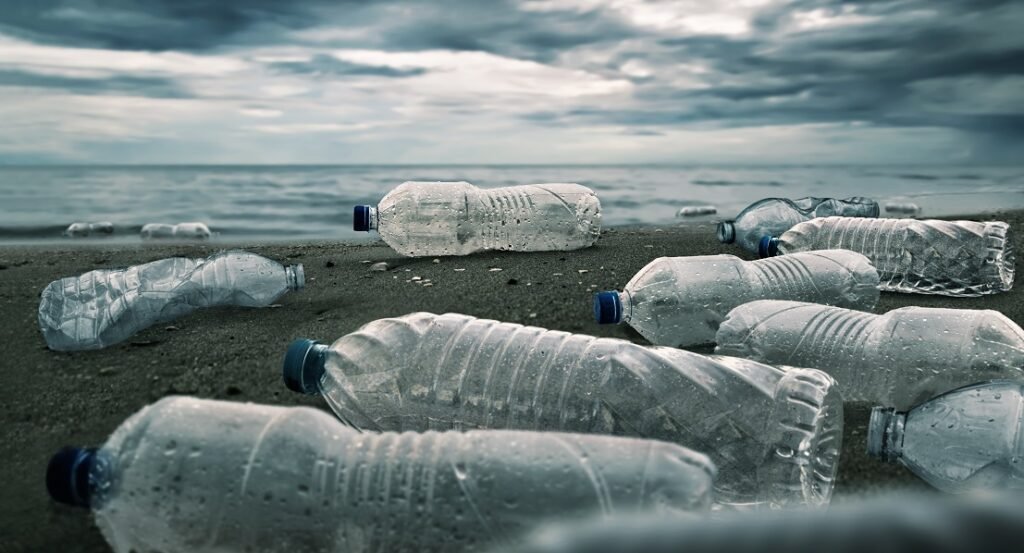On May 28, 2024, the Australian House of Representatives Standing Committee on Climate Change, Energy, Environment and Water (hereinafter referred to as the Committee) submitted a report, “Drowning in Waste,” to the Federal Parliament recommending 22 measures based on a survey of plastic pollution in Australia’s oceans and waterways. The survey highlights the absence of a nationally consistent approach to implementing policies to reduce plastic pollution in Australia’s oceans and waterways. In this report, the Committee concludes that the National Plastics Plan (NPP) launched by the federal government in 2021 is a culmination of inconsistent goals, and that the federal government needs to update it in consultation with state and territory governments, industry, and communities.
Australia’s plastic waste problem
Australia uses more single-use plastic per capita than any other country in the world except Singapore. In 2020-21, Australia used 3.79 million tons of plastic, of which only 14% was recycled. In addition, about 130,000 tons of plastic are spilled into the environment, including the oceans and waterways, every year. According to Plastic Oceans Australia, if no measures are taken, the amount of plastic waste in the environment may increase to 26 billion tons by 2050. Plastic is responsible for three-quarters of Australia’s coastline pollution, posing significant risks to biodiversity, human health and fisheries management. To address these plastic waste issues, in 2018 the Australian Packaging Covenant Organisation (APCO) set national packaging targets for 2025. This goal is also included in the National Plastics Plan (NPP) formulated by the federal government in 2021.
 Australian Standing Committee Submits Plastic Pollution Findings Report to Federal Parliament
Australian Standing Committee Submits Plastic Pollution Findings Report to Federal Parliament 

























